
This page is part of our Bjärton information.
| Bjärton history |
Photo by courtesy of www.Bjarton.com.
| In the beginning |
| In 1946 polisher Sigurd Nilsson and carpenter |
| Göte Karlström left their jobs at Hugo Troedsson's |
| Furniture Factory to form Bjärnums Musik- |
| instrumentfabrik (Bjärnum's Musical Instrument |
| Factory) and began building double basses out of |
| a small temporary work shop at Verumsvägen in |
| Bjärnum, Sweden. |
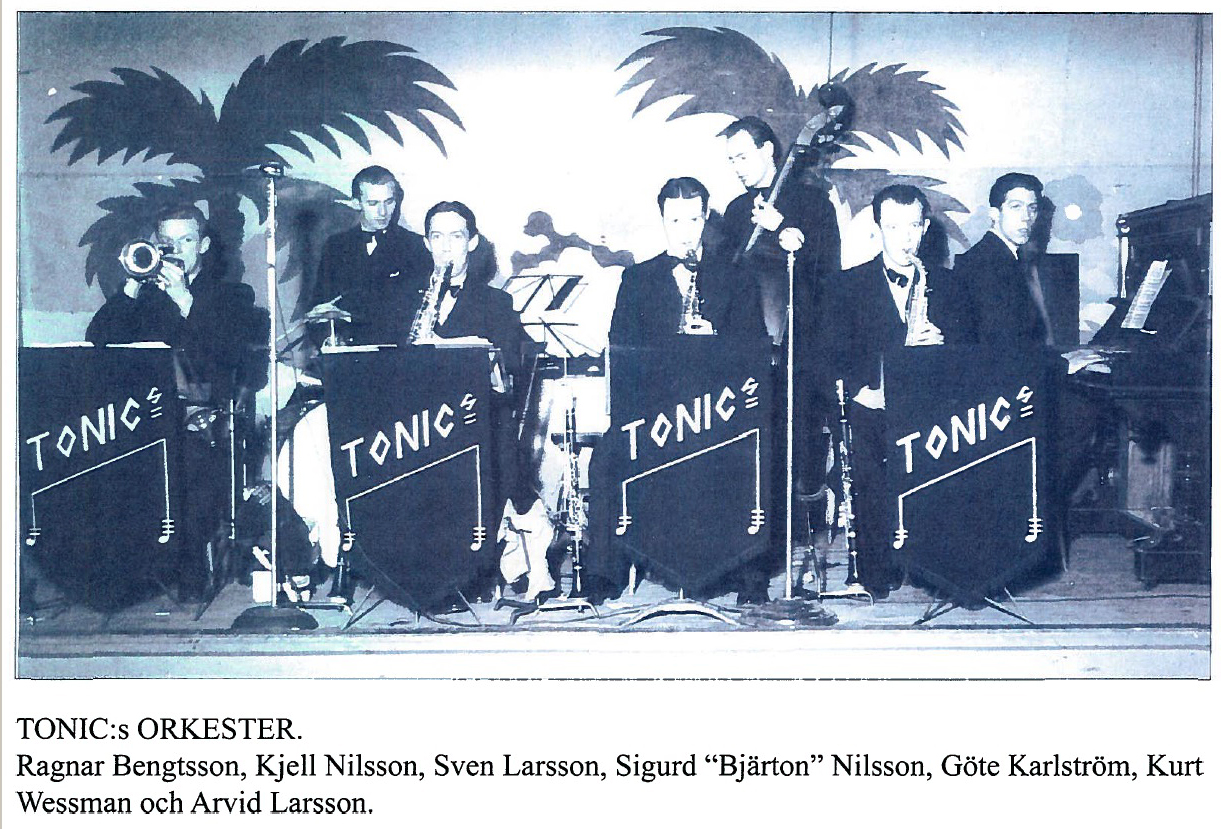 |
| The factory |
| Soon they moved to their newly built factory located |
| on the junction of Tonvägen and Norra Byvägen |
| where their first employee, Olle Tornerefält was |
| hired in 1947. |
| Bjärton |
| They changed the name to Bjärton Musik- |
| instrumentfabrik (Bjärton Musical Instrument |
| Factory) and orders for their double basses kept |
| growing. |
| Guitars |
| Around 1952 they began building guitars and |
| mandolins as well. |
| The factory fire |
| At a nightly burglary on April 29, 1954 |
| the factory caught fire after the thieves |
| had blown the safe open. |
| (The caption under the photo below mentions |
| 1955, but that's probably wrong since Olle |
| Tornerefeld remembers the exact date.) |
| The work force at the time was nine men. |
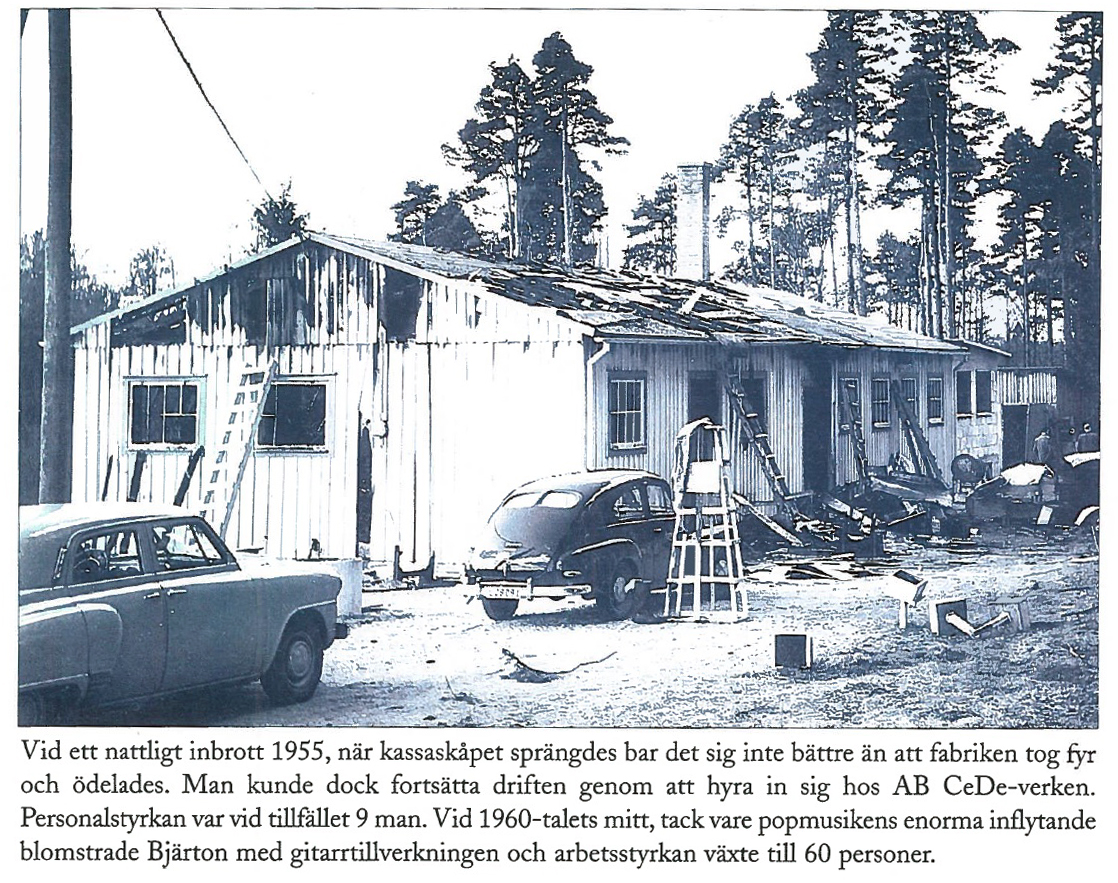 |
| More Guitars, less basses |
| By 1956 the demand for guitars was great |
| and the work force quickly grew to about |
| 20 men. Now the focus was on producing |
| guitars, and the bass production was soon |
| to be phased out after having built around |
| 4,000-5,000 examples. |
| The following photos are from a |
| 1960 Accordion-Journalen article. |
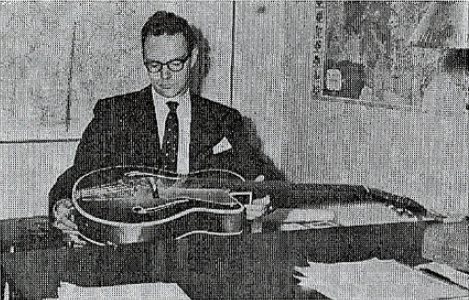 |
| Sigurd Nilsson |
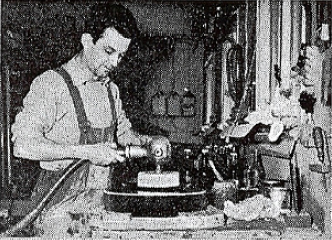 |
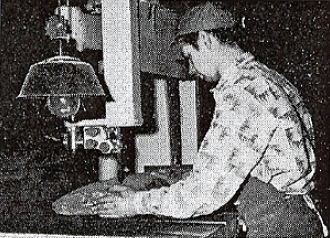 |
| Olle Thornerefelt | Harry Andersson |
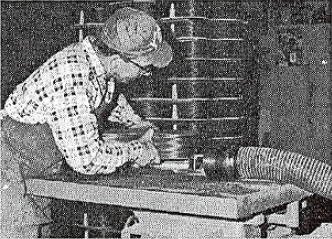 |
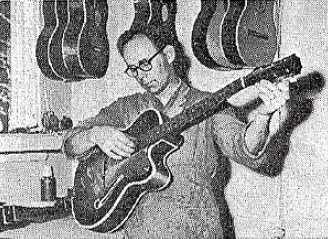 |
| Erik Kastor | Göte Karlström |
| More factory photos |
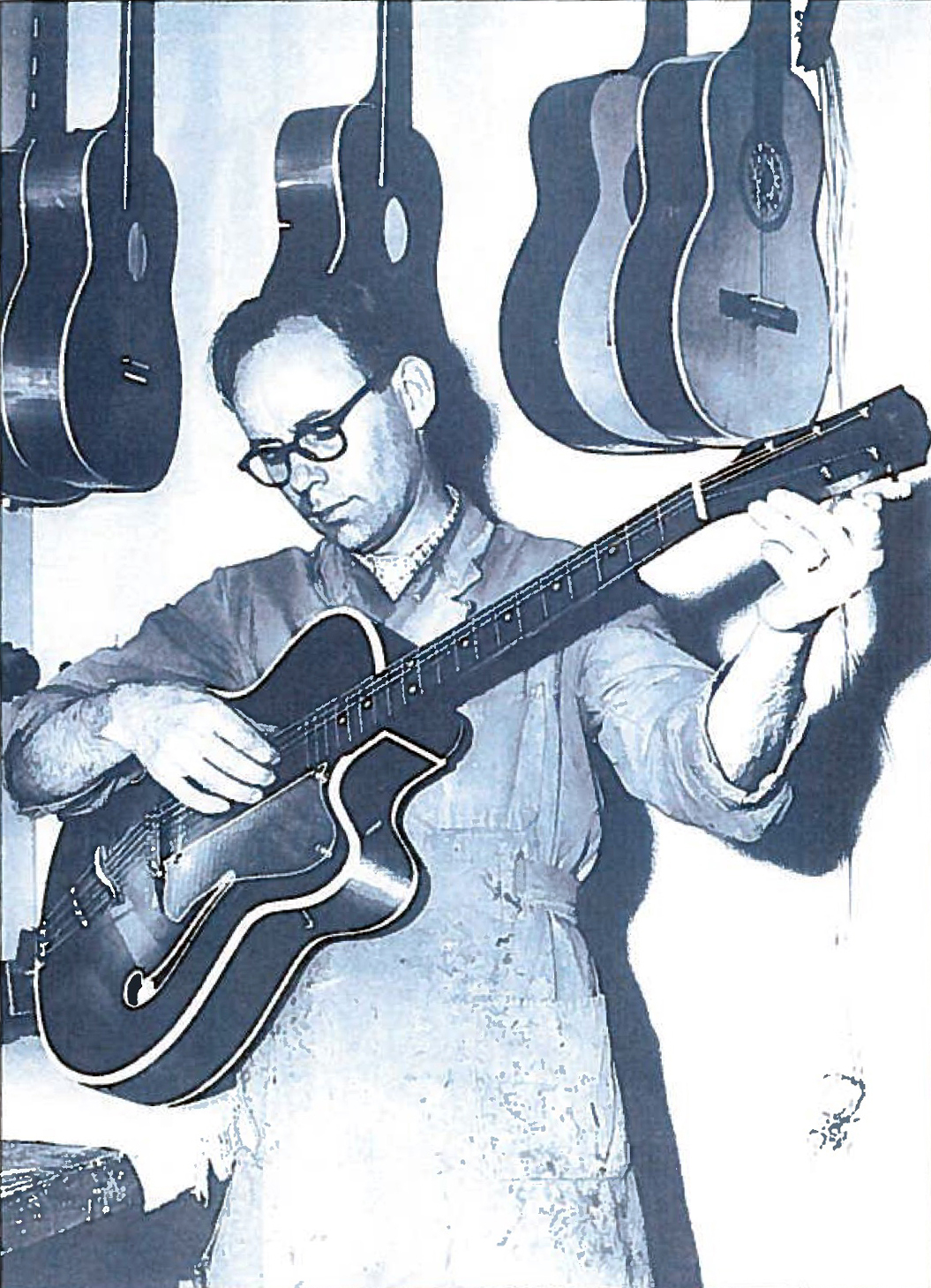 |
| Göte Karlström |
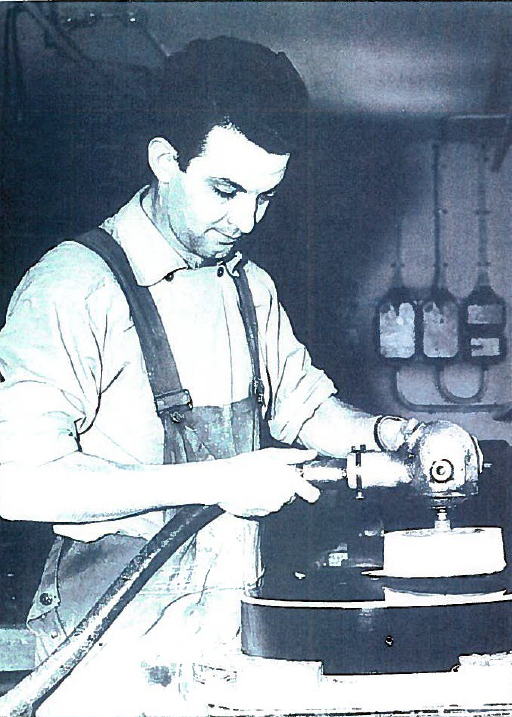 |
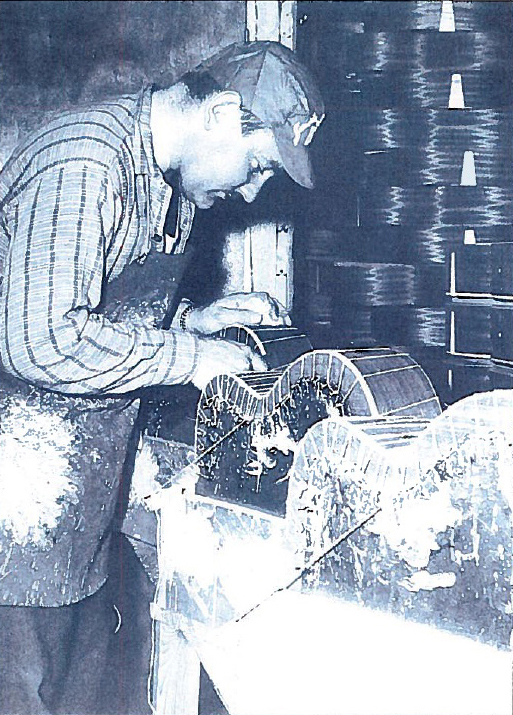 |
| Olle Thornerefelt | Birger Norgren |
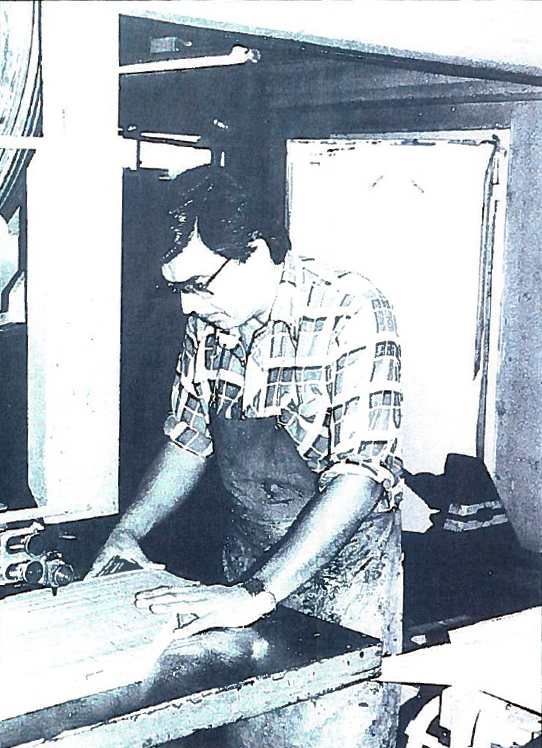 |
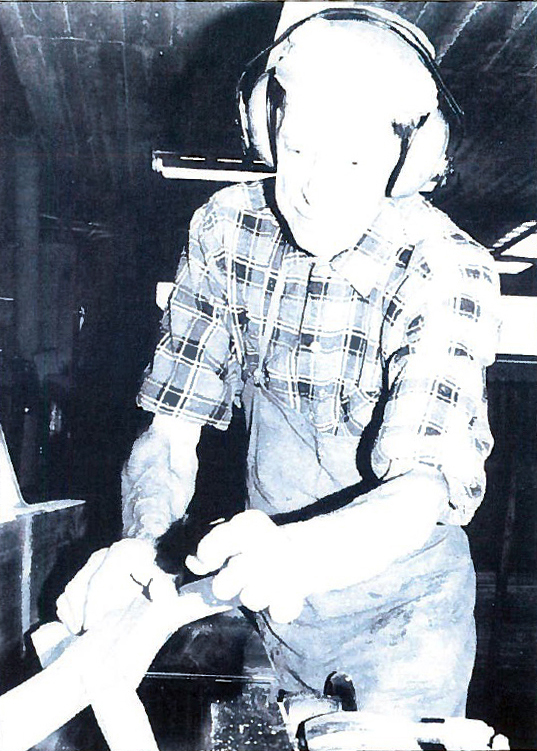 |
| Sivert Östensson | Lennart "Max" Danielsson |
| Hagström, Tarrega & España |
| In Circa 1960, Hagström ordered a line of guitars for |
| for their branch in Norway. In 1961 Bjärton began |
| building the Tarrega line of acoustic guitars for |
| Fender and also the España line of acoustic guitars |
| for Buegeleisen & Jacobson, Inc. The orders came |
| through Hagström who had acquired the exclusive |
| rights to export Bjärton made instruments. |
| By 1963 Hagström was also selling the regular |
| Bjärton guitars under the Hagström name through |
| their network of distributors. |
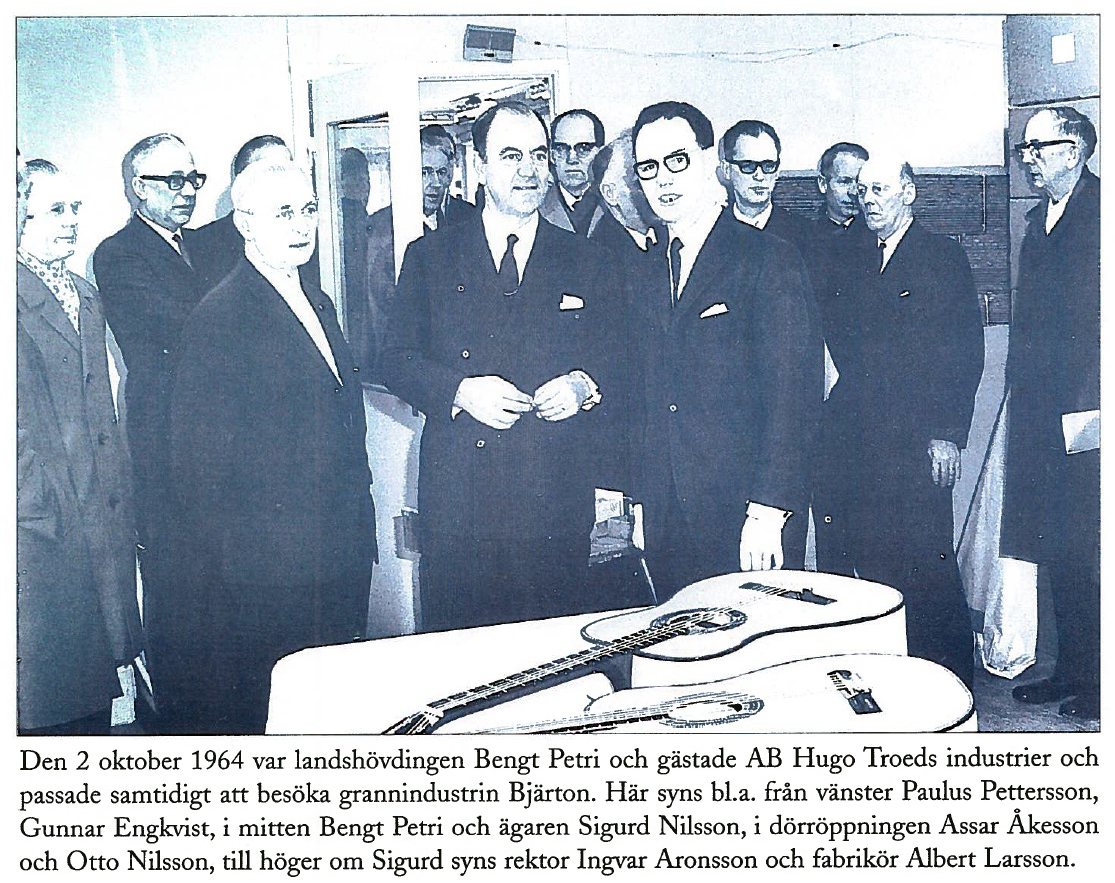
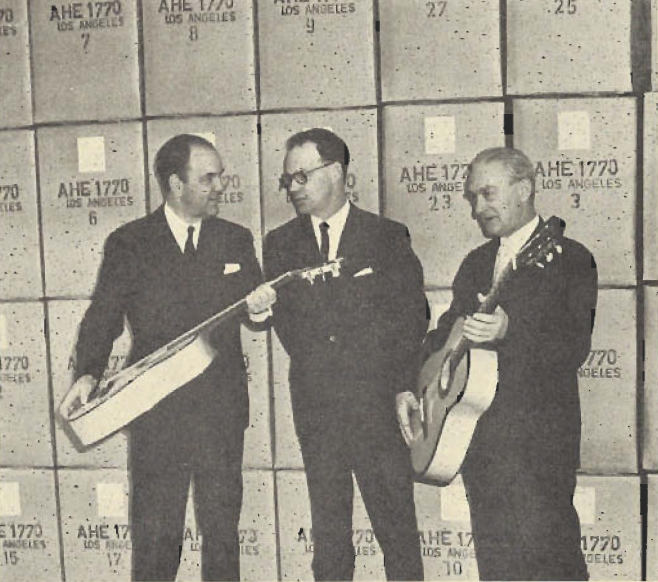
| County governor Bengt Petri, Bjärton owner |
| Sigurd Nilsson & member of Parliament Gunnar |
| Engkvist in front of a shipment to Fender in 1964. |
| Expansion and crisis |
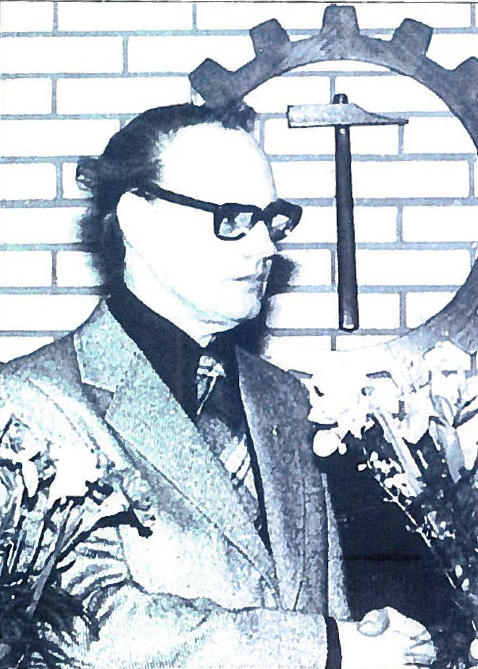
Bjärton founder Sigurd Nilsson
| To be able to meet the booming demand for |
| acoustic guitars the work force had to be |
| expanded, and at the peak nearly 60 people |
| were employed by Bjärton. |
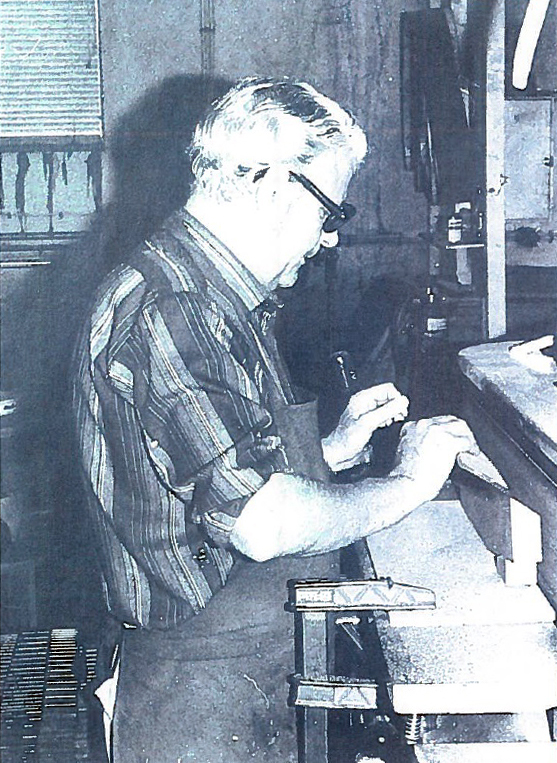 |
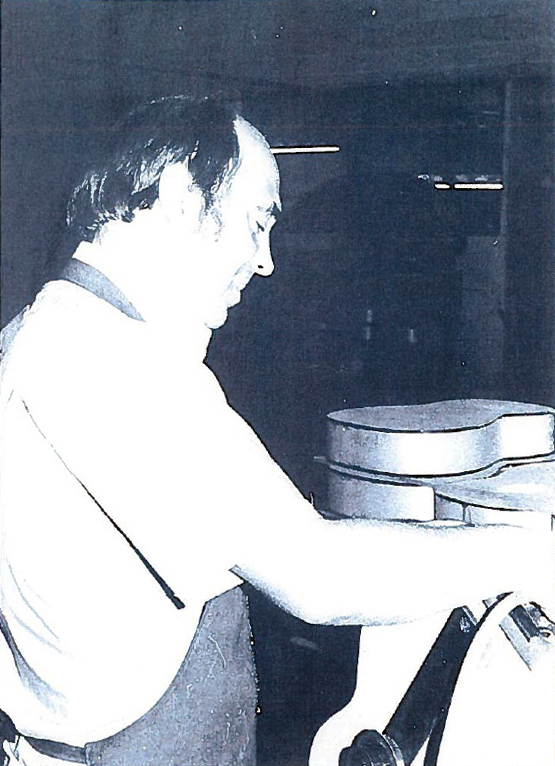 |
| Elvin Sjöstrand | Jan-Erik Lindhé |
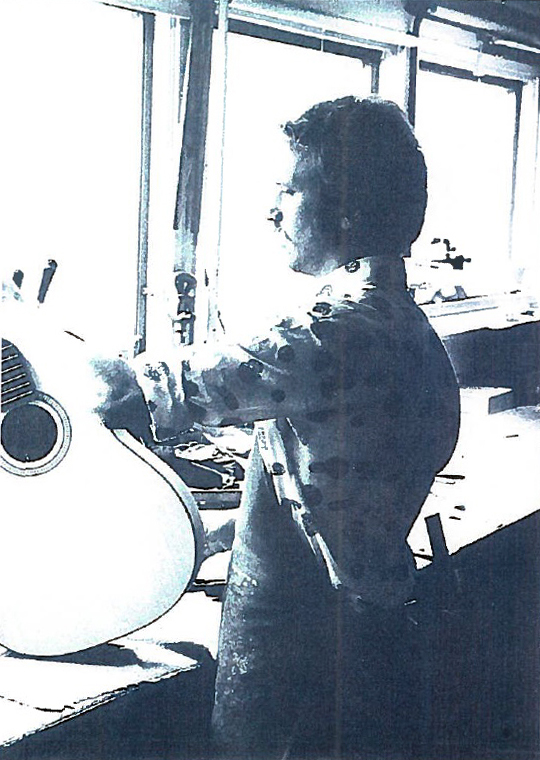 |
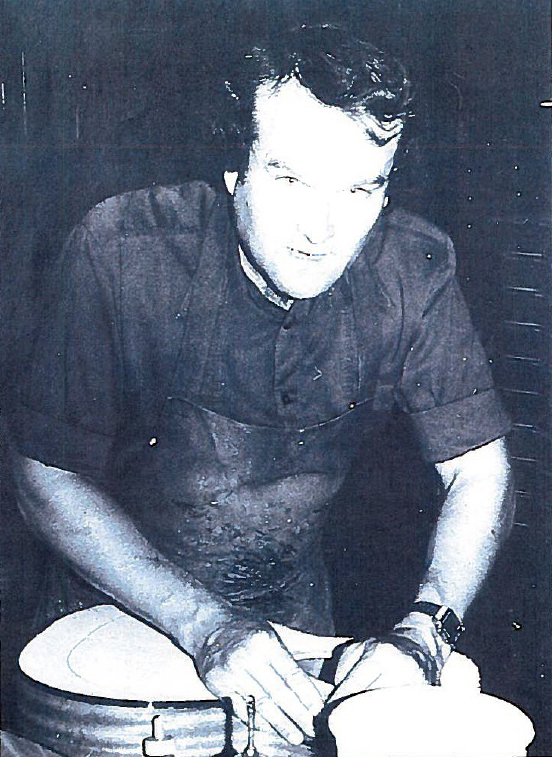 |
| Bengt Lindhé | Göran Jönsson |
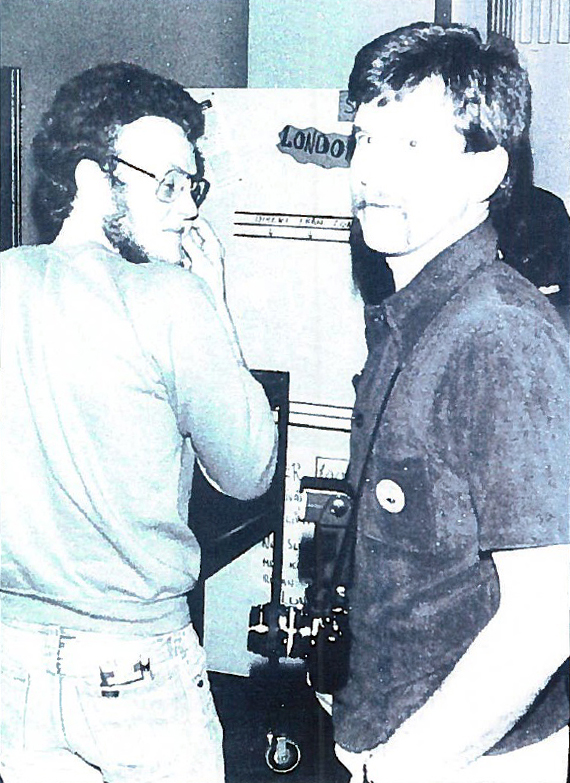 |
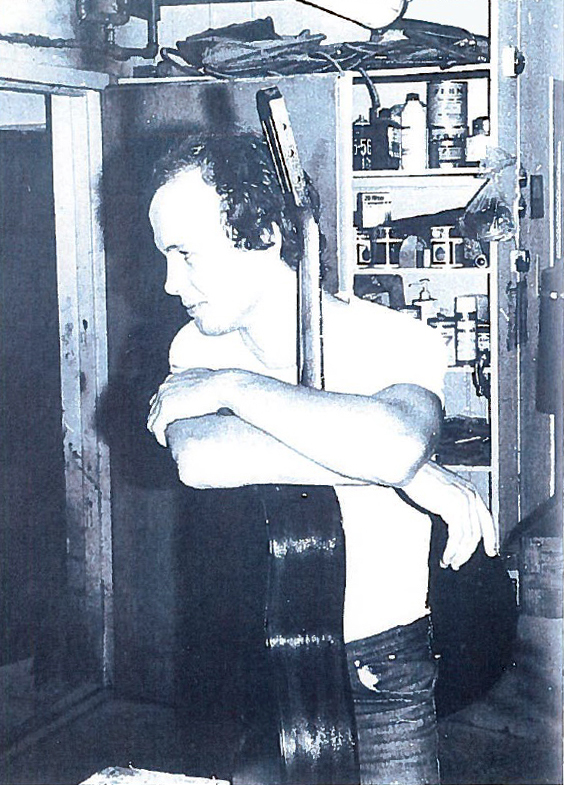 |
| Kaj Sjöstrand & Lennart Nilsson | Per-Ola Torstensson |
| But, by the late 1960s the orders had stopped |
| coming and in 1969 Bjärton suffered from a |
| liquidity crisis. Sigurd Nilson's brother Kurt |
| became the new owner of the company and |
| the work force was reduced. |
| New ownership |
| In 1980 the Italian company GEM became the |
| new owner of Bjärton. |
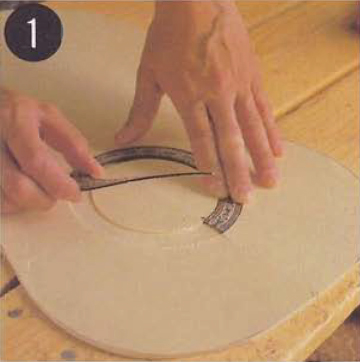 |
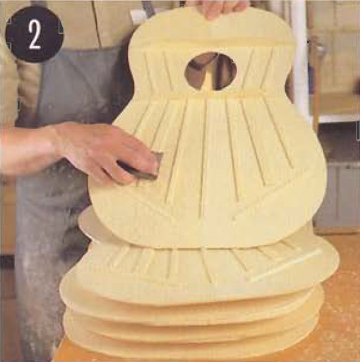 |
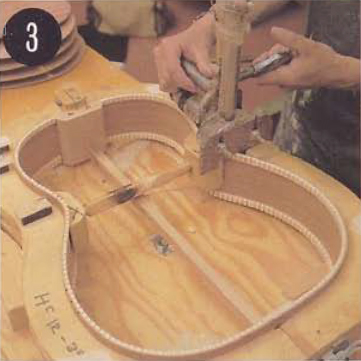 |
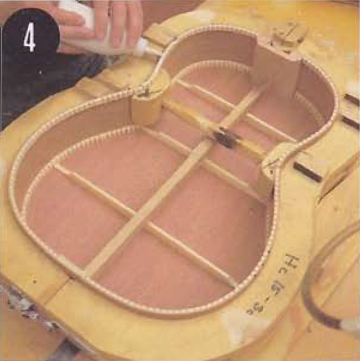 |
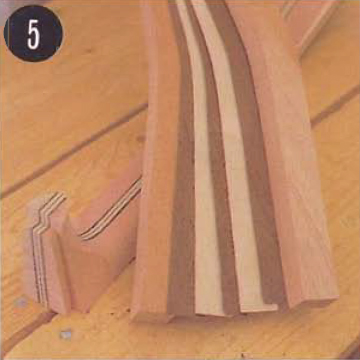 |
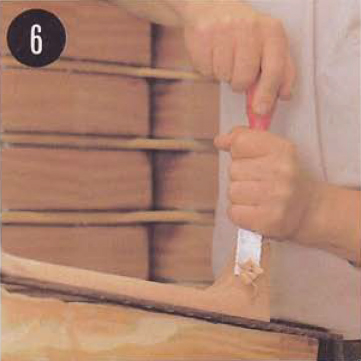 |
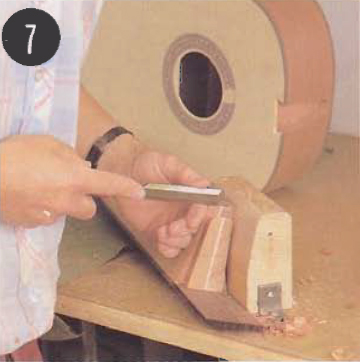 |
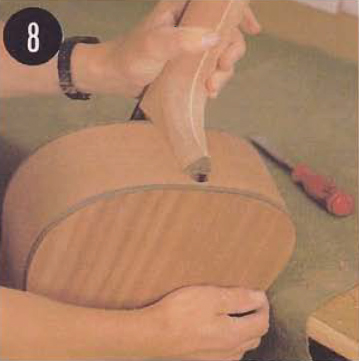 |
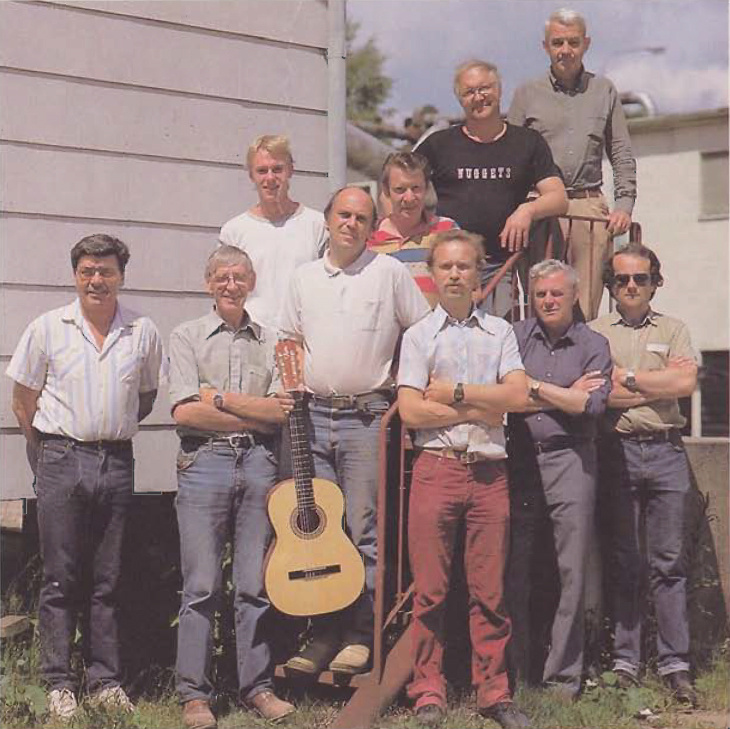 |
| 1985 catalog photos |
| The end |
| After the company shifted ownership once again, |
| this time to a Swedish buyer in 1989, the factory |
| closed in 1990 and the remaining 15 workers were |
| let go. |
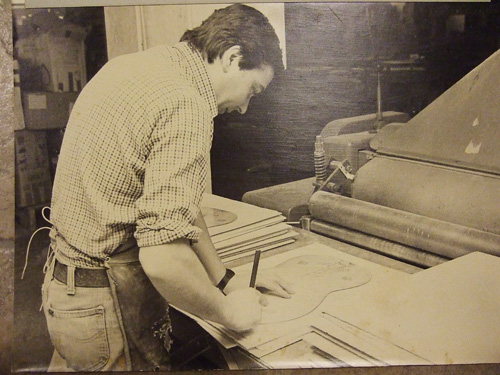 |
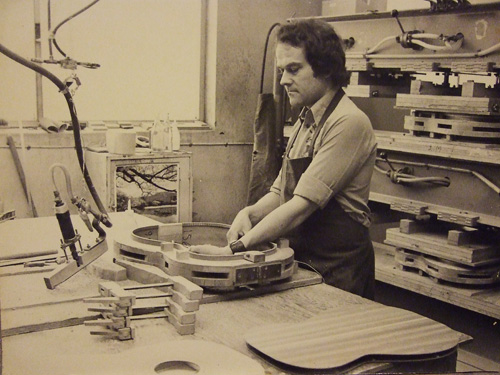 |
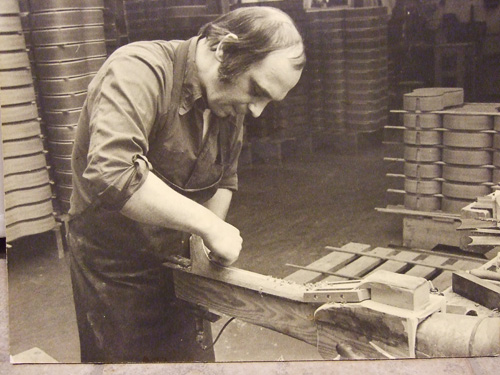 |
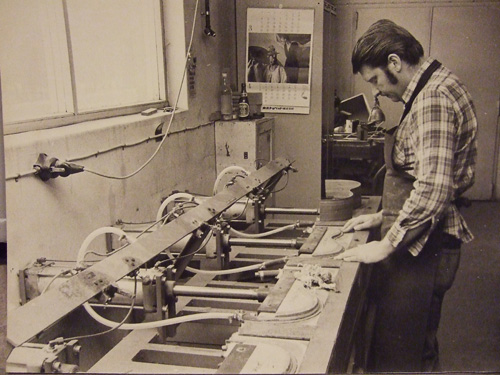 |
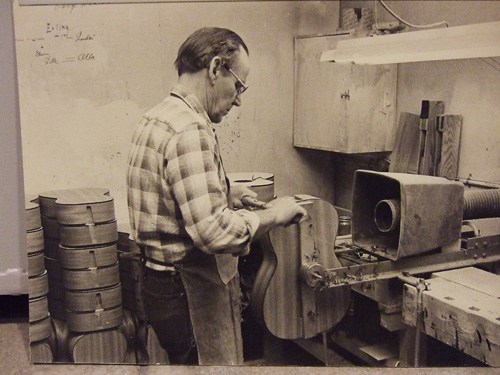 |
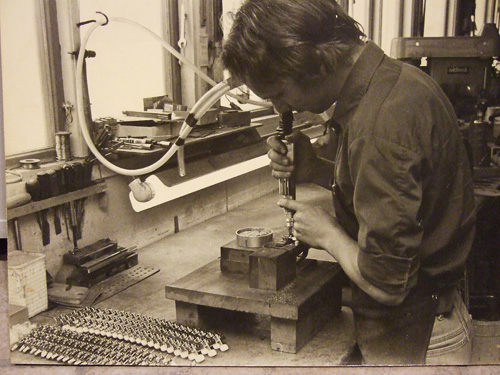 |
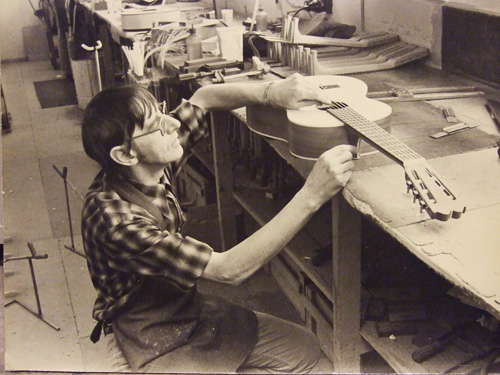 |
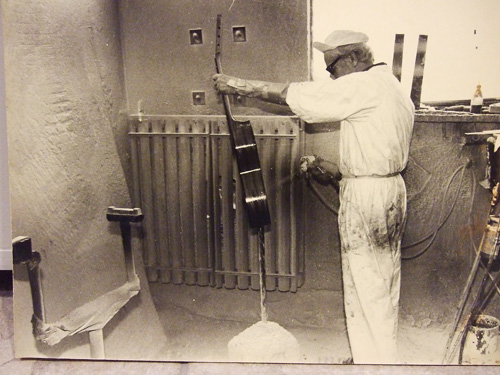 |
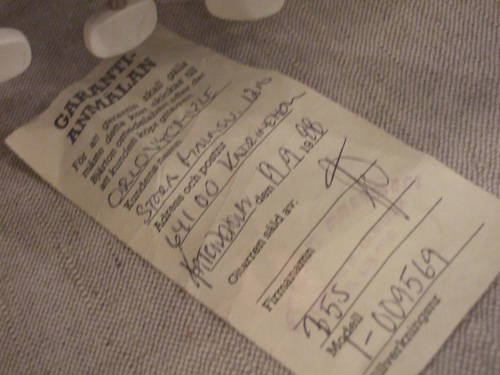 |
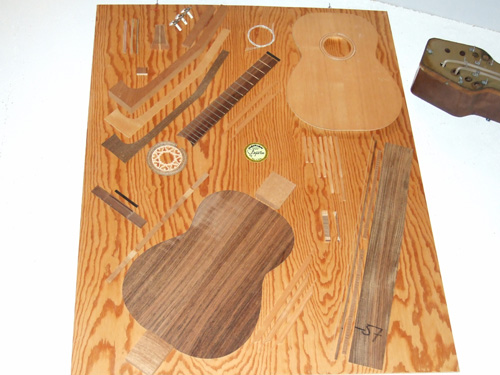 |
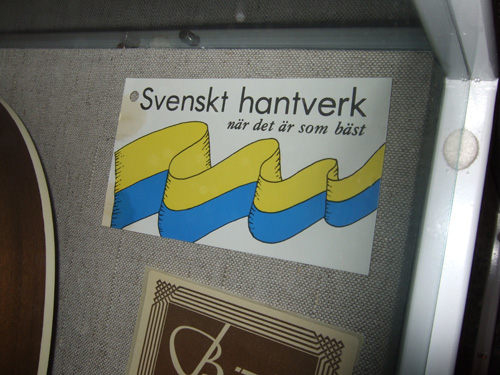 |
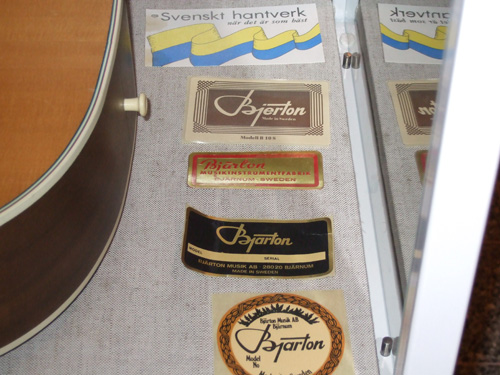 |
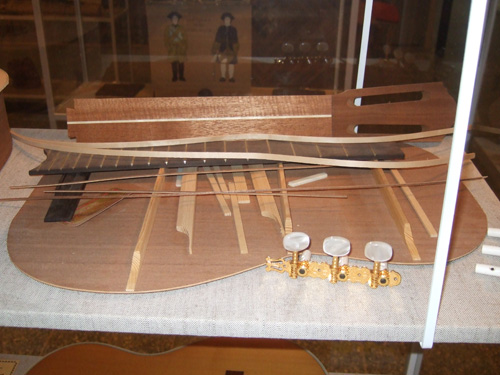 |
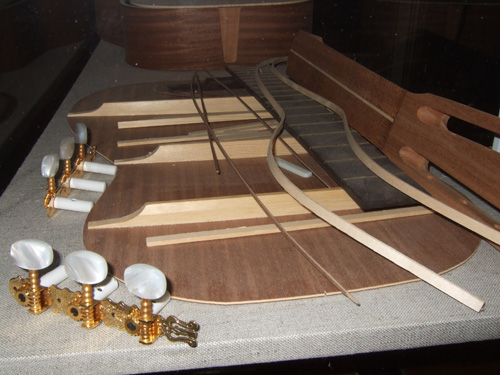 |
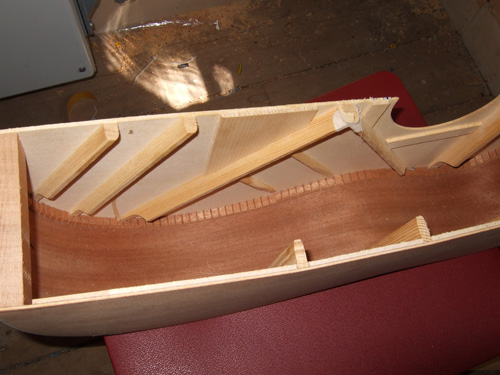 |
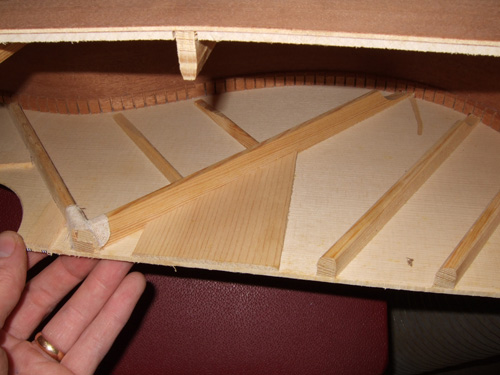 |
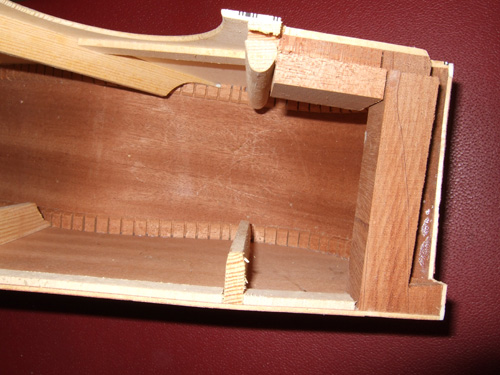 |
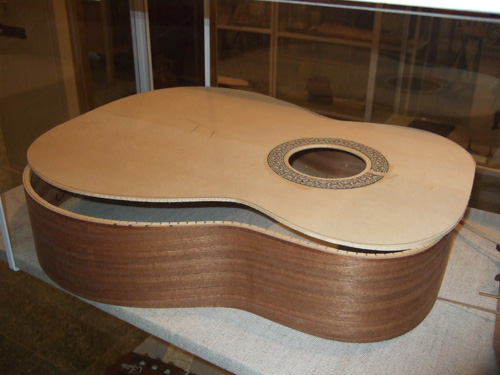 |
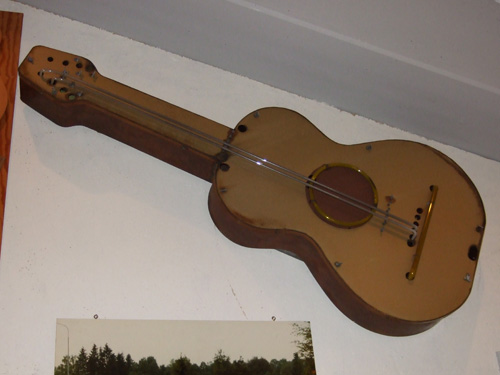 |
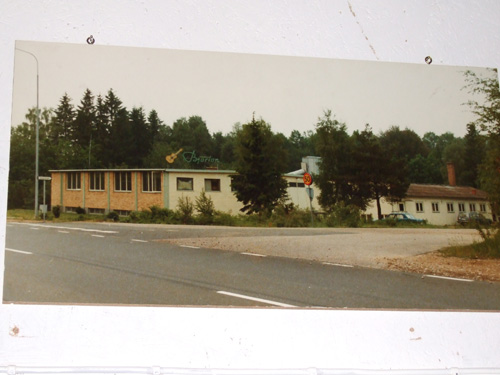 |
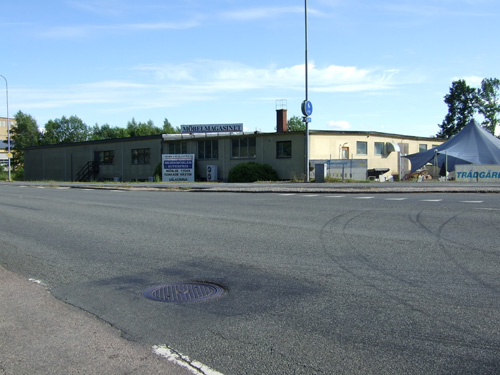 |
| The factory building in 2007 |
| Strunal Schönbach |
| Although the production in Sweden had come to |
| an end, the brand name lived on, but now on |
| instruments made by Strunal Schönbach in |
| the Czech Republic. |